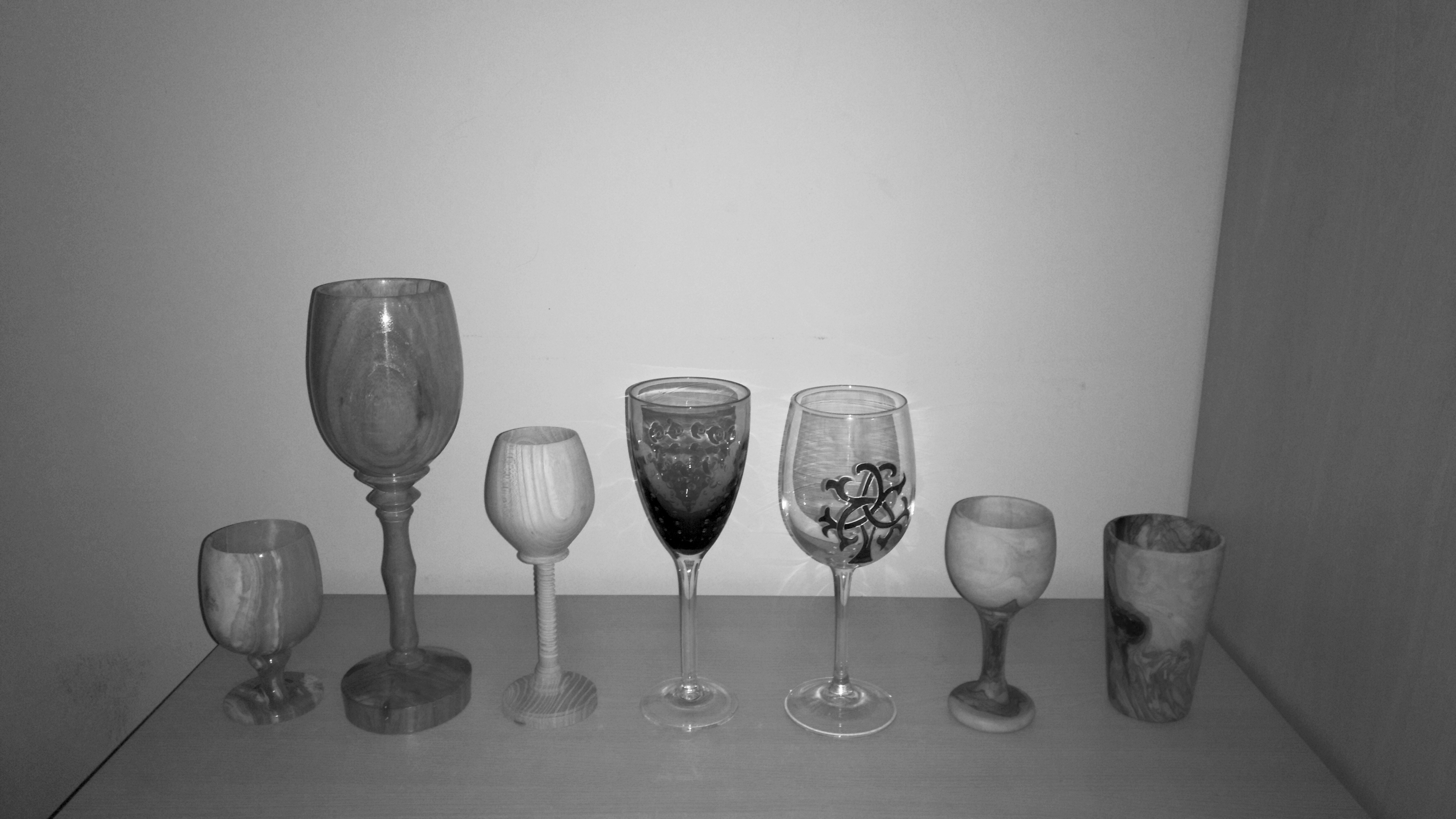Today I wrote the following statement:
One of humanity’s biggest problems is that we believe ourselves to be better than animals and less than the Gods
This is not a new thought for me. Probably one of the earliest realisations I had that my world view did not fit with most of civilised society was the revelation that most people do not believe that animals have souls. That there is no after life (heaven if you will) for animals. I knew then and there I wanted no part of any religion that placed me in an afterlife without animals. Despite my apparently outgoing and gregarious nature my natural state of being is introverted. At parties and gatherings you will find me with the pets and the children (those wonderful humans who have as yet not forgotten how it is to be animal). I am quite animalistic in my nature I trust slowly, love fiercely and have unwavering loyalty. And because of this I truly struggle with many aspects of civilised society, the delicate nuances we are supposed to perceive, the intricate games we are supposed to play.
I am loathe to use certain vocabulary as it has been abused by the new age community and the cultural misappropriation of such paths as the indigenous American population and their belief in totem and power animals make it even more difficult to express myself adequately. But I truly believe that connecting with the animal natures with yourself can make for a richer life both in the magickal and mundane realms. It is something our old Gods knew all about. Our Gods and Goddesses were often zoomorphic. Ceridwen knew how to change into a greyhound, an otter, a hawk and a hen. Dylan son of Aranrhod became a seal and returned to the waters. Rhiannon is made to take the form of a horse (or is it her natural form) as part of her punishment for the alleged murder of her son Pryderi. It is such a common phenomena that it might be argued that to be divine you have to access the animals within. Isn’t that an interesting thought, to become Godlike we must understand our animals. But how?
 We can of course pay a small fortune to be taken on some Shamanistic journey to find our inner beasts. And I’m not going to decry that. It can work. But often our journeys to find our “divine animal nature” can be far more mundane and internal. For example after a week long retreat many years ago I was informed that my “totem” was a frog, a liminal creature capable of existing between the worlds of earth and water, a psychopomp and wise one. The Druid animal Oracle has a wonderful image of a frog, the like of which you could find in any garden pond. It states that the frog brings medicine and can help develop “sensitivity to others, to healing and to sound through your skin and your whole body and aura”. To be frank I pretty much snorted at this description, the only thing I had in common with a frog was that when I sang I croaked. And yet I couldn’t shake a certain feeling of kinship.
We can of course pay a small fortune to be taken on some Shamanistic journey to find our inner beasts. And I’m not going to decry that. It can work. But often our journeys to find our “divine animal nature” can be far more mundane and internal. For example after a week long retreat many years ago I was informed that my “totem” was a frog, a liminal creature capable of existing between the worlds of earth and water, a psychopomp and wise one. The Druid animal Oracle has a wonderful image of a frog, the like of which you could find in any garden pond. It states that the frog brings medicine and can help develop “sensitivity to others, to healing and to sound through your skin and your whole body and aura”. To be frank I pretty much snorted at this description, the only thing I had in common with a frog was that when I sang I croaked. And yet I couldn’t shake a certain feeling of kinship.
When it happened it wasn’t some fabulous realisation of some wonderful aspect of my being that made the connection. It was a realisation of a darker aspect of my nature, an understanding and acceptance of my shadow shelf that finally allowed me to make that bond. The animal Oracle also says about the frog that “There is a hidden beauty and a hidden power in all of nature”. And there as I was quite a few years later, meditating on the idea that a frog had a “hidden power” when ‘pop’ sat on a rock in my interior landscape was a South American red eyed tree frog. Although not poisonous this frog is brightly coloured to shock it’s predators into thinking twice about whether or not it is a tasty snack. Giving it a superlative glamour. And although small it is a fearsome predator in its own right. In addition many of its cousins are poisonous, you squeeze one of them too tight, or hurt them in any way and there is at best a good chance you’ll have hallucinations, paralysis and seizures and worse case, if you try and eat one of these little fellows, well if they are going down they’ll take you with them in the most excruciating way possible. Now that I could relate to.
You see connecting with any animal aspect isn’t always about the nice things, let’s face it nature just isn’t nice and neither are we. I am very distrusting of anybody who comes across as too nice, too smiley, too spiritual, they are the ones who normally have the most to hide and so far Ive never been proved wrong. My lovely friend Kath told me over a decade ago that I had an instinct second to none. Something I used to dismiss. But it is a divine animal trait in its own right, for after all why is it that a perfectly placid dog can suddenly take umbrage at a specific human being? We’ve all seen it. They sense something that apparently we can’t. Or maybe we can, if we learn to embrace our divine animals.
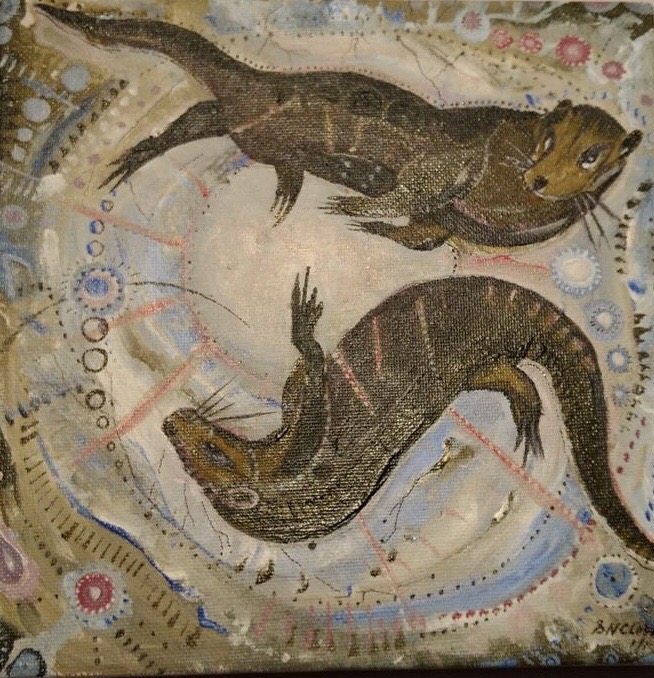 Sometimes the animals we are drawn to on the mundane are also teachers for us. My friends know of my passion for Otters. I call them my favourite water borne terrorists. Liminal like the frog existing between earth and water they are often associated with shape shifting and their almost immoral behaviour makes them tricksters of the highest order. They are mustelids meaning they belong to the same family as badgers, weasels, minks and Pole-cats. They are often social and playful, knowing the joy of play for the sake of play, expecting nothing more in life than what they have. Yet they can often kill for fun, not for hunger. They can be vicious and nip and bite, they can fight to the death. But all tricksters pretty much without exception are catalysts for change even if that is by viscous means.
Sometimes the animals we are drawn to on the mundane are also teachers for us. My friends know of my passion for Otters. I call them my favourite water borne terrorists. Liminal like the frog existing between earth and water they are often associated with shape shifting and their almost immoral behaviour makes them tricksters of the highest order. They are mustelids meaning they belong to the same family as badgers, weasels, minks and Pole-cats. They are often social and playful, knowing the joy of play for the sake of play, expecting nothing more in life than what they have. Yet they can often kill for fun, not for hunger. They can be vicious and nip and bite, they can fight to the death. But all tricksters pretty much without exception are catalysts for change even if that is by viscous means.
Tricksters are highly intelligent, often seeing a bigger picture or path unavailable to others because they are blinded by dogma and social conventions. Hermes invented lying, and nearly all tricksters have an ability to be economical with the truth, as such the Otter is very good at letting you know when someone is lying to you, because if you’ve embraced that inner divine animal, you know a big whopper when you see one because you’ve considered telling the odd one yourself. Loki, another of the zoomorphic Gods plays a pivotal role in Ragnarok resulting in the death of the Gods. Again, if you’ve embraced that destructive side of your nature then it’s really easy to see when the walls are about to come toppling down. And of course sometimes you realise it’s necessary that you bring the walls down yourself. Anansi, Coyote, Kitsune, Gwydion, Efnysien, Reynard and Puck are all tricksters worth investigating, more than a few of them have a connection to an animal or a zoomorphic aspect. They can be the hero, the bad guy, the fool and the wise man all wrapped up into one. Yet you cannot deny their divinity, their connection to the sacred.
So here is a thought, perhaps the way to fix the world is to start behaving as if we are better than Gods and less than animals and work towards integrating those two aspects of our nature.
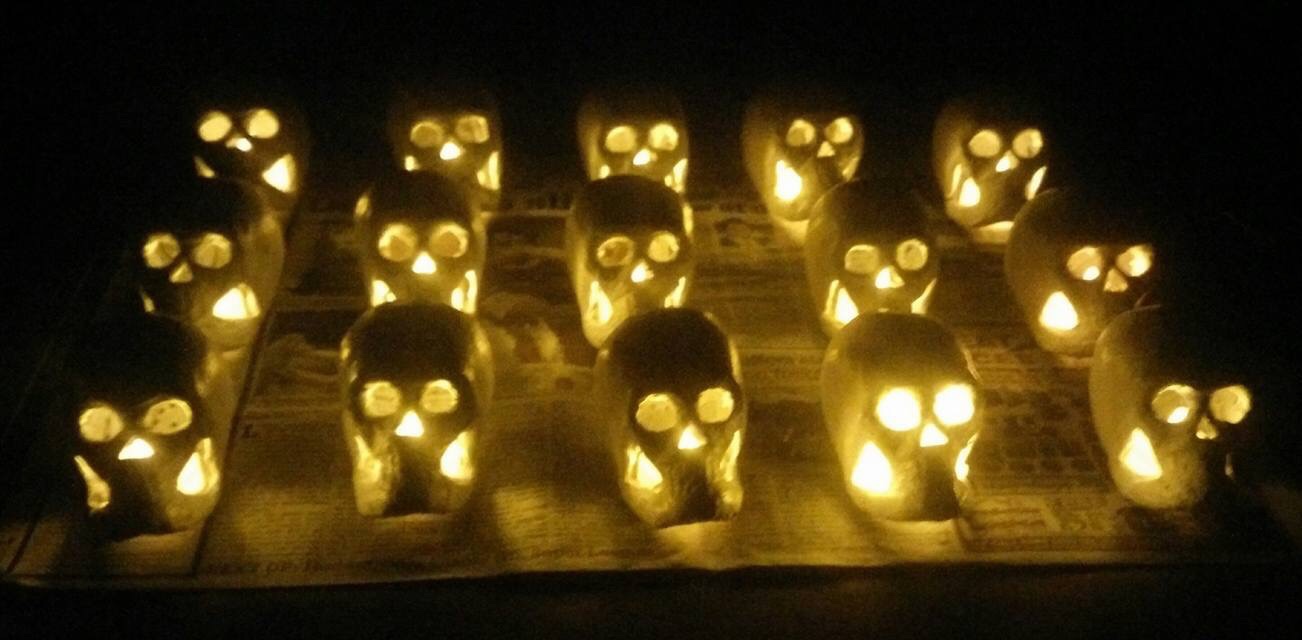 I’m going to have to have a little rant. Because to be frank it’s been bugging me. I love Halloween as much as the next person, but please by all that is orange and pumpkin like don’t confuse the modern holiday of Halloween with the festival of Samhain, or Nos Calan Gaeaf for that matter.
I’m going to have to have a little rant. Because to be frank it’s been bugging me. I love Halloween as much as the next person, but please by all that is orange and pumpkin like don’t confuse the modern holiday of Halloween with the festival of Samhain, or Nos Calan Gaeaf for that matter.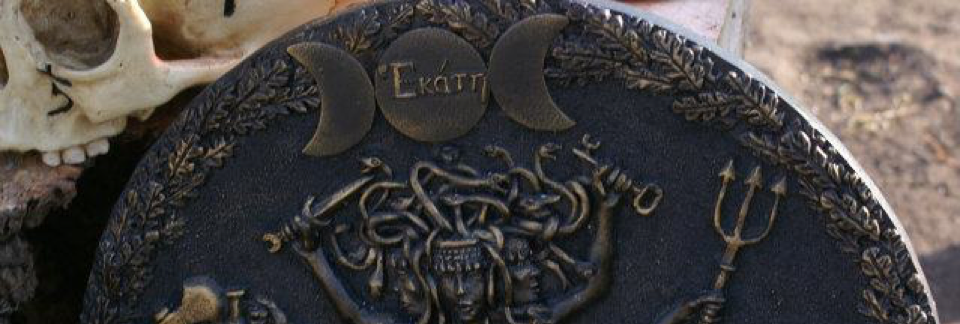
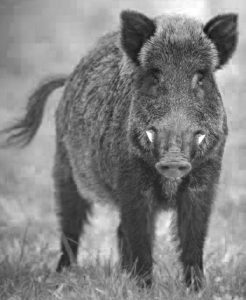 It’s that time of year when the whole, “Why is the Equinox called Mabon?” debate rears it’s ugly head. Like many Gardnerians I’m fairly unimpressed by the name thanks to a whole bunch politics. There are other names for the festival, however, my personal preference is Equinox. It’s a good sturdy name that even those who do not follow my path understand. But On the whole I’m pretty happy to state that it’s each to their own.
It’s that time of year when the whole, “Why is the Equinox called Mabon?” debate rears it’s ugly head. Like many Gardnerians I’m fairly unimpressed by the name thanks to a whole bunch politics. There are other names for the festival, however, my personal preference is Equinox. It’s a good sturdy name that even those who do not follow my path understand. But On the whole I’m pretty happy to state that it’s each to their own.

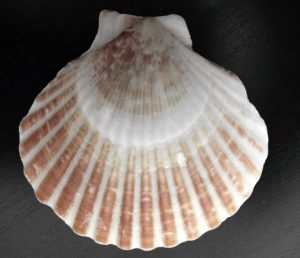
 As I mentioned earlier this year, I am spending much of the next year studying the Ogham and by default the lore and uses of the trees in the Ogham sets. As May has come around it became very obvious as the sultry scent of Mayflower assaulted my nostrils each time I went walking that my tree for this month had to be The Hawthorn. It’s l
As I mentioned earlier this year, I am spending much of the next year studying the Ogham and by default the lore and uses of the trees in the Ogham sets. As May has come around it became very obvious as the sultry scent of Mayflower assaulted my nostrils each time I went walking that my tree for this month had to be The Hawthorn. It’s l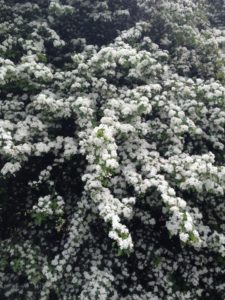 These trees are considered very liminal in nature. And the locations in which they grow are thought not only to be great places of power but also spaces where the veil between this world and the other is the thinnest. Therefore performing divination, energy healing, communing with the Genius Loci are all great activities to carry out under the watchful presence of a Hawthorn tree.
These trees are considered very liminal in nature. And the locations in which they grow are thought not only to be great places of power but also spaces where the veil between this world and the other is the thinnest. Therefore performing divination, energy healing, communing with the Genius Loci are all great activities to carry out under the watchful presence of a Hawthorn tree. 

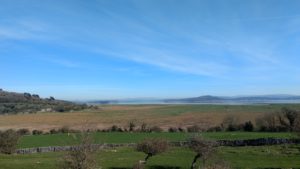 I have to admit to feeling a little nervous about attending a Camp in Cumbria before March had even waved us goodbye. Reports of snow on higher ground by friends the previous week hadn’t helped that feeling. I may be a southerner by birth but my paternal family are all northerners and I’ll have lived under northern skies for fifteen years this September. I am a northerner at heart, and we are made of sterner stuff. So as Saturday dawned cool and clear I donned a thermal vest under my T-shirt and fleece and headed towards Grange-Over-Sands and the Humphrey Head Centre where The Druid Network were hosting a “Leap into Spring” event.
I have to admit to feeling a little nervous about attending a Camp in Cumbria before March had even waved us goodbye. Reports of snow on higher ground by friends the previous week hadn’t helped that feeling. I may be a southerner by birth but my paternal family are all northerners and I’ll have lived under northern skies for fifteen years this September. I am a northerner at heart, and we are made of sterner stuff. So as Saturday dawned cool and clear I donned a thermal vest under my T-shirt and fleece and headed towards Grange-Over-Sands and the Humphrey Head Centre where The Druid Network were hosting a “Leap into Spring” event.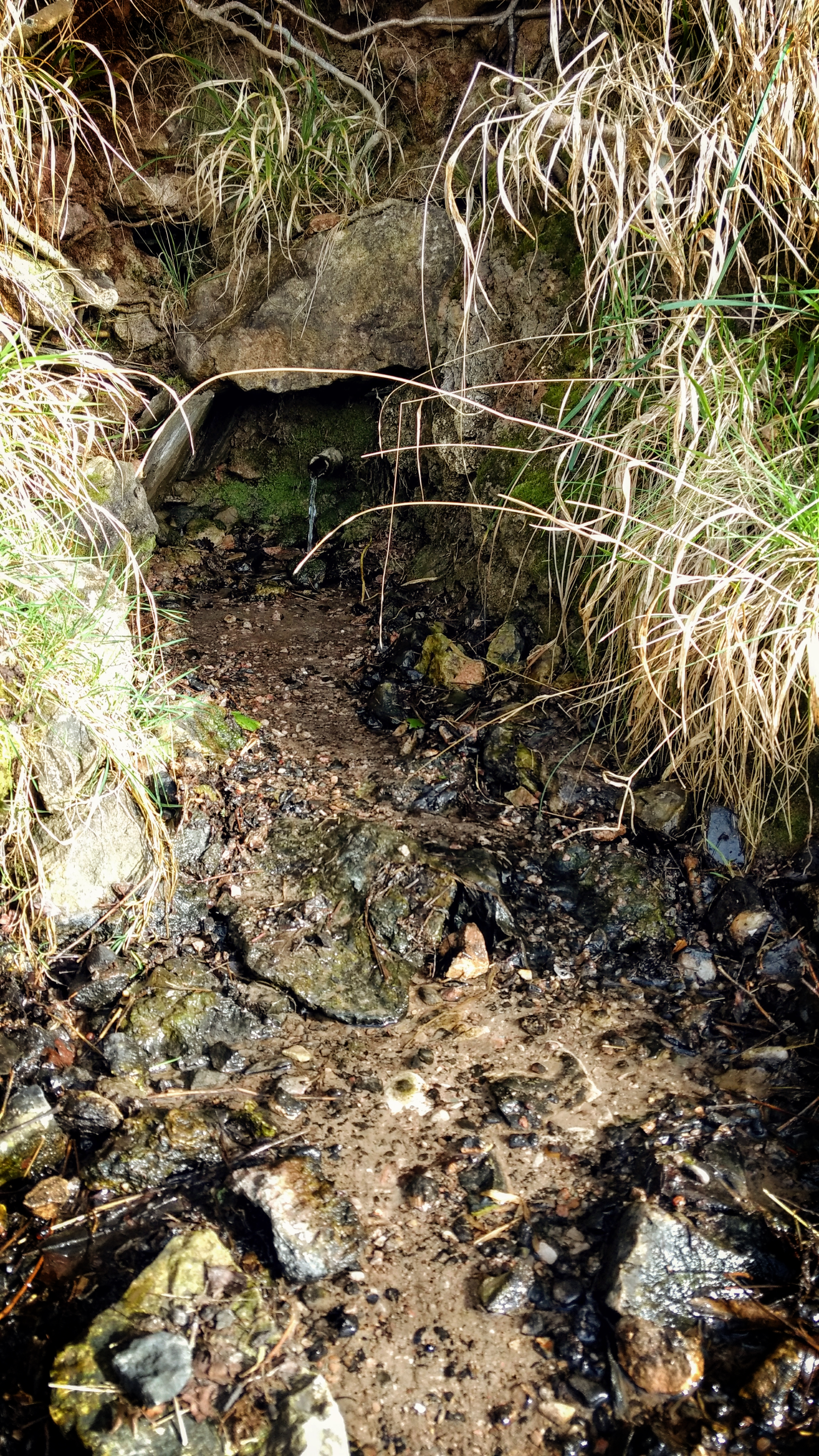 It is a truly wonderful tale, full of some very interesting motifs which could be remnants of long lost sovereignty stories. The maiden being married to a mysterious knight who is mounted upon an otherworldly white beast. But what is even more fascinating is that the myth has now become inextricably link to the geology of the land.
It is a truly wonderful tale, full of some very interesting motifs which could be remnants of long lost sovereignty stories. The maiden being married to a mysterious knight who is mounted upon an otherworldly white beast. But what is even more fascinating is that the myth has now become inextricably link to the geology of the land.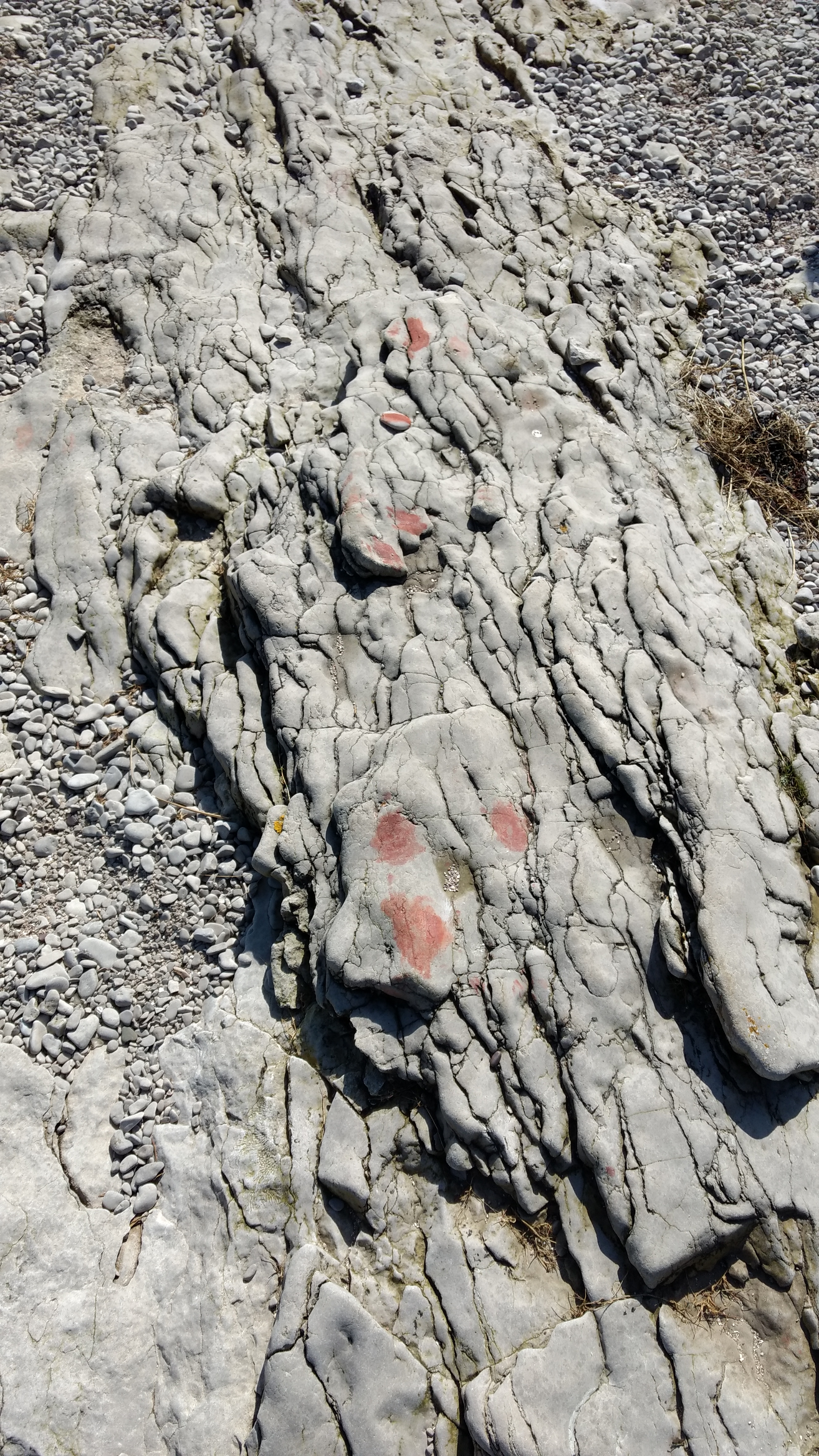
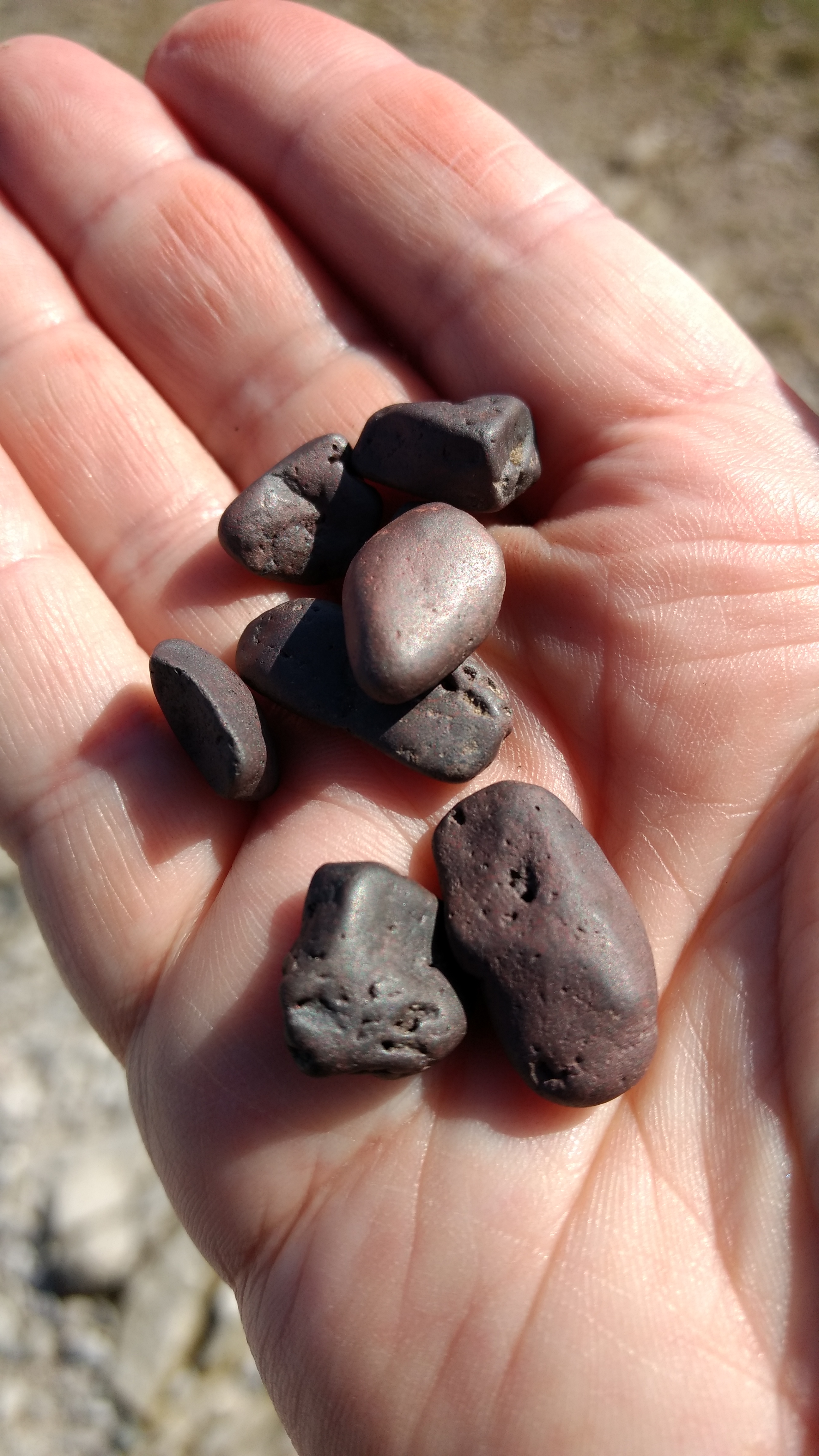
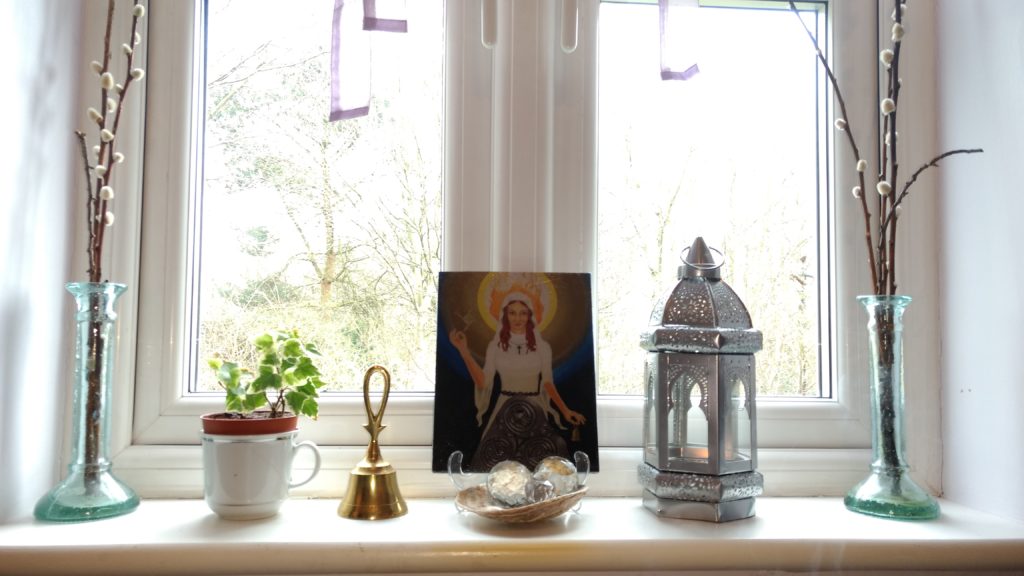 I think sometimes, when connections are made you have to go with your gut and follow your nose, and just enjoy the journey, no motivations, no ulterior motive, no “What’s in it for me?”. So I find myself with a small shrine to Brigid on my window, and not unsurprisingly everything I needed for it to feel right was either made available to me or I had in my possession already. Including some beautiful glass crystals that reminded me of the “Guiding Star of Bride”
I think sometimes, when connections are made you have to go with your gut and follow your nose, and just enjoy the journey, no motivations, no ulterior motive, no “What’s in it for me?”. So I find myself with a small shrine to Brigid on my window, and not unsurprisingly everything I needed for it to feel right was either made available to me or I had in my possession already. Including some beautiful glass crystals that reminded me of the “Guiding Star of Bride”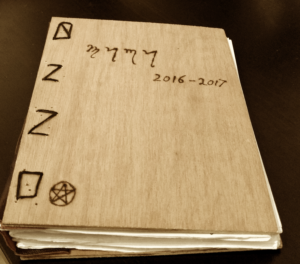 I had planned to start my new year with a study of the Ogham, I have a lovely journal that a friend gave me. Its hand made, quite literally of wood, so it seemed perfect for my needs. There was absolutely nothing stopping me. And yet January rolled past and Imbolc arrived and for reasons that completely escape me, nothing was written in my natty little journal. I couldn’t really put my fingers on why I couldn’t start.
I had planned to start my new year with a study of the Ogham, I have a lovely journal that a friend gave me. Its hand made, quite literally of wood, so it seemed perfect for my needs. There was absolutely nothing stopping me. And yet January rolled past and Imbolc arrived and for reasons that completely escape me, nothing was written in my natty little journal. I couldn’t really put my fingers on why I couldn’t start.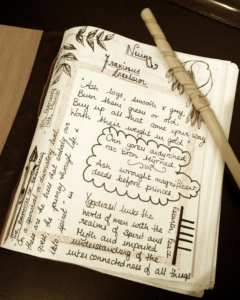 I was writing up some practical exercises that meant absolutely nothing to me that it hit me. I was so tied up with the book learning, the ordering, the sequences, that I was completely ignoring the experiential. The single most important thing. Without the experience then we are nothing more than armchair academics, not people fully here in the present, experiencing all that life has to offer. And then I froze, unable to progress.
I was writing up some practical exercises that meant absolutely nothing to me that it hit me. I was so tied up with the book learning, the ordering, the sequences, that I was completely ignoring the experiential. The single most important thing. Without the experience then we are nothing more than armchair academics, not people fully here in the present, experiencing all that life has to offer. And then I froze, unable to progress.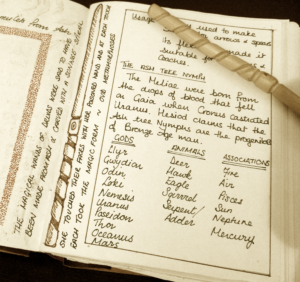 And of course the minute I let go, the inspiration began to flow. I realised that I’d been working with a number of Ogham woods for a very long time, it didn’t matter that they belonged to different aicme or that they might be studied out of order. And of course the irony the wood I chose as my first study was The Ash just as it’s calendar month came around, but you can rest assured the rest won’t fit into that construct.
And of course the minute I let go, the inspiration began to flow. I realised that I’d been working with a number of Ogham woods for a very long time, it didn’t matter that they belonged to different aicme or that they might be studied out of order. And of course the irony the wood I chose as my first study was The Ash just as it’s calendar month came around, but you can rest assured the rest won’t fit into that construct. 